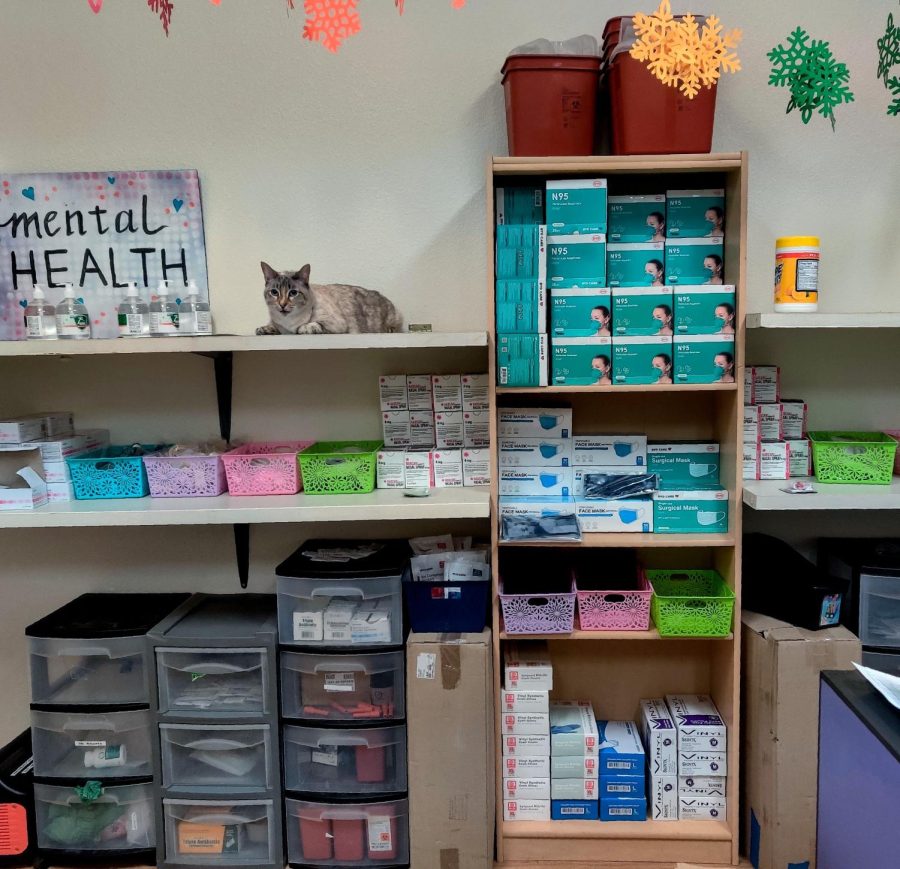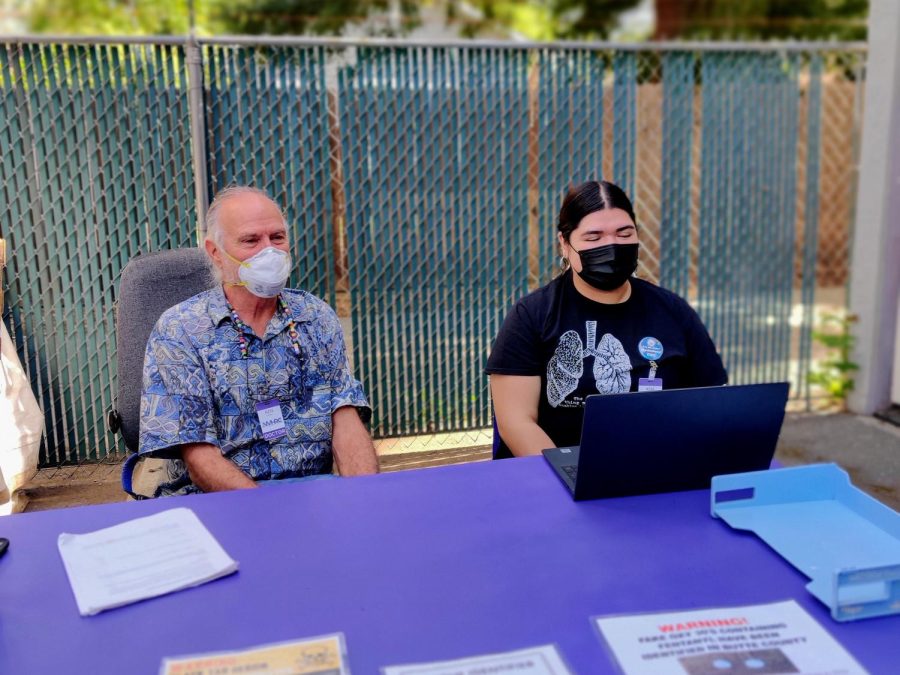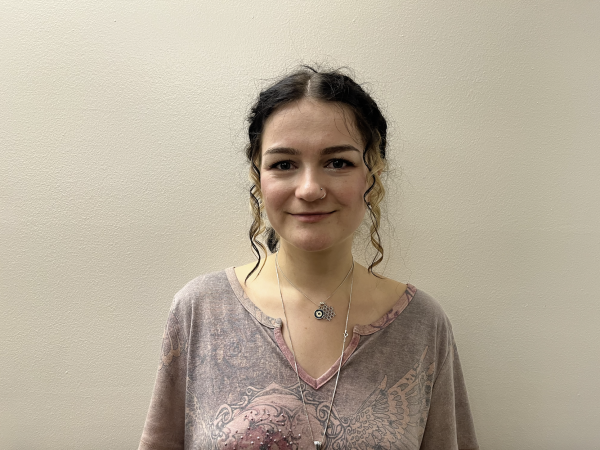After nearly five years of service and push back, Northern Valley Harm Reduction Coalition is finally wrapping up the process of becoming a 501(c)(3) nonprofit charity.
This semester NVHRC presented a workshop on harm reduction through the CAVE program at Chico State. Nicole Kessler, a licensed clinical social worker and core team member, was on campus early this spring tabling for NVHRC.
The NVHRC team anticipates becoming an official 501(c)(3) in the coming months. All the paperwork has been submitted, and they are currently waiting to hear back from the IRS. The charity’s website states that becoming a 501(c)(3) “takes time and money.” Their journey to becoming a charity took longer than normal due to the setbacks of COVID and a lawsuit.
Harm Reduction programs are known for their syringe exchange programs, but this isn’t the only service they provide. They do Hepatitis C and HIV testing every week. They also distribute Narcan and offer Narcan training. They distribute other things that those receiving their services might need including condoms, toothpaste and gloves.

The lawsuit was filed against NVHRC from a group of Chico residents and business owners on the basis that there needed to be a California Environmental Quality Act (CEQA) review for syringe services to take place. The lawsuit argued that syringe exchange services led to litter. This is why CEQA was used to file the claim.
“It wasn’t related or necessary … it was being misused,” Kessler said. Northern Valley ended the lawsuit by voluntarily withdrawing their certification through the department of health at this time. They continued to do syringe cleanup, and distribute Narcan and snacks.
The lawsuit ended in a settlement. The charity had to stop services until the completion of an environmental review. The charity also had to conduct three syringe cleanups before providing syringes again.
Multiple harm reduction programs were hit with CEQA lawsuits throughout California. These lawsuits argued, with no evidence, that harm reduction programs led to syringe litter polluting waterways. Ultimately, these claims were seen as bad faith lawsuits leading to the passing of Assembly Bill 1344. This bill made it illegal for CEQA claims to be filed against Harm Reduction programs in California.
“In Butte County sometimes a lot of what we hear is ‘we don’t need this here. We’re not San Francisco,’” Kessler said, “But we do need this here.”
Butte County saw 75 overdose deaths in 2020. This marked a 34% increase from 2019’s 56 overdose deaths.
Over 400 individual participants have gone through their assessment and signed up to receive services. They serve approximately 55-65 people each week during their Friday services. Since October they have collected over 50,000 syringes from improper disposal and distributed over 2,000 doses of Narcan.
The two most common addictions NVHRC sees people dealing with are “opioids and meth, often together, sometimes separate,” Kessler said. “Opioids being heroin, pills, synthetics like fentanyl, fentanyl analogs.”
Northern Valley Harm Reduction Coalition is one of three physician-run programs in California.
“We are led by a doctor who assesses each individual for their risk then decides to furnish or not furnish syringes based on that risk,” Kessler said. “That’s a pretty unique model across the state of California. Only one or two other programs operating under that model.”
NVHRC has a “robust referral system” to medical treatment, Kessler added.
These are just a few of the services they provide. A large part of what Harm Reduction does is simply working with the community and trying to humanize the people who use their services.
“A lot of the people who need this service don’t have access to or don’t feel comfortable accessing this service.” Kessler said. “Lots of stigma in this world and in the medical community specifically.”
Nicole Kessler got involved in Harm Reduction through “lived experience.” She is in recovery herself.
Kessler received formal training in social services and started working at clinics for substance abuse disorder and mental health facilities. Before joining NVHRC she found it was, “disappointing how folks were being treated with substance abuse disorder.”
In treatment centers, unlike harm reduction, Kessler saw patients punished for their disorder. Before Harm Reduction, the treatment she learned was to kick people out of if they ever relapsed.
It was because of her dissatisfaction with this kind of treatment that she found Harm Reduction. Kessler helped start NVHRC in 2018. When she found Harm Reduction Kessler says she found her home, and that it spoke to her heart.
Kessler said that at Harm Reduction they treat addiction like the disease that it is.
“People can be human and make mistakes and relapse, and it doesn’t mean they aren’t trying,” Kessler said. She describes how even the language of sobriety is stigmatizing — clean versus dirty.
Kessler is hopeful for the future.
“Harm Reduction is becoming less on the fringe, is being folded in more,” she said. “We would love to see folks rally a little bit more around the syringe piece … but that’s going to take some time.”
Molly Myers can be reached at orionmanagingeditor@gmail.com.








